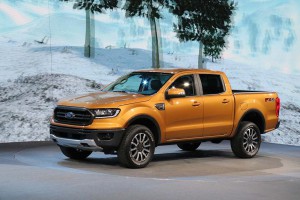
Death is not permanent, at least in the auto industry. Some old nameplates will return in 2019, like Ford's Ranger.
We’ll be seeing a host of new models make their debut during the 2019 model-year, including Ford’s newly reborn Ranger pickup, the brand-new Subaru Ascent SUV and complete makeovers of the Chevrolet Silverado and Ram 1500.
But there are also plenty of familiar products that will be waving bye-bye as the 2018 model-year wraps up or at some point during the 2019 season. The obituary list is rather extensive this year and, you likely won’t be surprised to learn, it’s primarily filled with sedans, coupes and sports cars, something that reflects the ongoing shift from passenger cars to light trucks.
That said, some of the products that might be gone or going soon could stage a comeback in the future if market trends again shift. The Ranger is a good example. Ford killed it off in 2011, anticipating the demise of the midsize pickup segment. New arrivals, like the also-reborn Chevrolet Colorado, proved there was life left in the segment. Ford is also getting set to bring back the long-absent Bronco.
Here’s a look at the U.S. models about to drive off into the sunset:
Alfa Romeo 4C Coupe:
Parent Fiat Chrysler has big plans for the Alfa brand, but the little 4C didn’t live up to initial expectations. Actually, it was never expected to be a big seller but more of a halo car that stood out in a sea of bland sedans and SUVs. The coupe will be dropped this year, but the 4C convertible will remain for a while.
Buick Verano
The Buick brand itself was set to disappear when parent General Motors emerged from bankruptcy in 2010 but was largely saved due to strong demand in China. It has since staged a remarkable recovery – though primarily due to demand for its new SUVs. The entry-level Verano sedan just never clicked.
Cadillac ATS
Another small car with big aspirations, Caddy was hoping to challenge the likes of the BMW 3-Series with this compact sedan but just couldn’t win over enough buyers. Of course, it didn’t help that the market shifted to SUVs like Caddy’s new XT4. Look for a complete realignment of the Cadillac sedan line.
Chevrolet City Express
There’s been a developing market for Euro-style vans, but buyers never seemed to warm up to Chevy’s urban option. The Express was the result of an unusual partnership with Nissan which supplied the van to GM. That formula likely factored into the decision to drop Express.
Chevrolet SS
This V-8 muscle car was ill-fated from the start. Its bland styling never delivered on the promise of what was under the hood. So, sales lagged, even though muscle cars have largely defied gravity in this truck-center. Add the fact that GM has shut down its factories in Australia, where the SS was produced.
Dodge Viper
The original Viper was an awesome piece of retro design. The latest version stayed true to its styling but added a lot of technology purposely left out of the original. That drove up the price tag and made for a hard sell, especially when shoppers compared it to the latest-generation C7 Corvette.
Ford C-Max
You might think the Ford C-Max would be a shoe-in. After all, Ford is abandoning almost all passenger models in favor of SUVs and CUVs, but buyers never pluggedinto the European-designed “people-mover,” in part because it was only offered in plug-in and all-electric configurations with limited range.
The Fiesta is another victim of Ford’s decision to retain just the Mustang and a crossover/hatch version of the Focus among its once-broad passenger car line-up. It didn’t help that small, mileage-focused cars like the Fiesta have been especially hard hit by the ute revolution.
Ford Focus
The Detroit automaker hasn’t offered a clear timetable but we should be seeing the compact Focus go away in almost all configurations but for the new crossover version that will be dubbed the Focus Active.
Ford Taurus
The Taurus name once marked America’s best-selling mid-size sedan. Ford let it lapse into a rent-a-car special before briefly abandoning the nameplate. When it returned to production, Taurus was branded onto the haunches of a largely unloved and almost entirely forgotten full-size sedan.
Lincoln MKT
Quick: which model is which: MKX, MKZ, MKC and MKT? Can’t sort them out? Few buyers could. Now, add an ungainly design and few will be sorry to see the big MKT crossover vanish. An all-new and much more attractive ute will replace it – and adopt a more memorable moniker as the Lincoln Aviator.
Lincoln MKX
Here’s another Lincoln crossover with a forgettable name that didn’t help the Ford luxury brand’s aspirations. As with the bigger MKT, the nameplate is being retired and replaced by the Lincoln Nautilus. While the larger ute is a ground-up re-do, however, the Nautilus is more of a refresh.
Mercedes-Benz B-Class
The tri-star brand offers an incredibly broad array of products and is adding more all the time. But, occasionally, it takes one away. That includes the B-Class crossover that was sold in only a few regional markets, like California, and only with an electric drivetrain. Expect a new Mercedes EV next year.
Nissan Juke
The number two Japanese automaker has frequently done well with quirkily designed crossovers, like the Murano and Rogue, but Juke may have pushed things to the extreme. It is being replaced by a little less eccentric – and more affordable – model, the 2019 Nissan Kicks.
Toyota Corolla iM
If at first you don’t succeed, try and try again. In the case of this quirky little hatchback, it originally debuted as the Scion iM and then took on the Toyota badge and some modest tweaks. It now gets some additional tweaks as the Corolla Hatchback. Toyota is hoping another cliché might fit: three’s a charm.
Toyota Yaris iA
Early on, it seemed like anything the Scion brand came up with found a youthful audience, but by the time the iA came to market nothing seemed to click. The automaker hoped it could kill Scion but save the sedan by badging it a Toyota. Now it will get another modest update and a new name: Yaris sedan.
Volkswagen Touareg
The VW brand has struggled in recent years and, along with fallout from its diesel emissions scandal, a lack of SUVs played a major role. Ironically, even as it adds a second version of the small Tiguan and the all-new Atlas, however, Volkswagen is pulling its original ute, the Touareg, out of the American market.
(Ford’s reborn Ranger to carry a premium price tag. Click Here for the story.)
Death is not permanent, at least in the auto industry. We’ll soon see the Ford Ranger reborn, followed by the maker’s Bronco. Other models making a comeback include the Chevrolet Blazer, BMW 8-Series and Jeep Grand Wagoneer. There’s no guarantee automakers will get it right a second time, however, as we saw with the culling of the Ford Taurus and Dodge Viper.

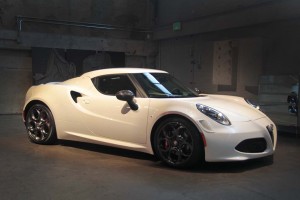

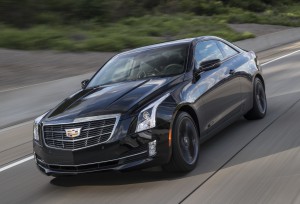
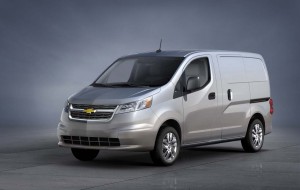
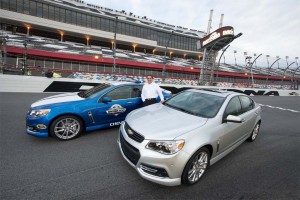
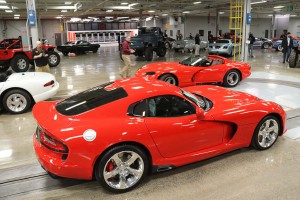
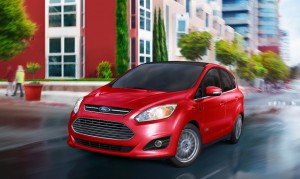
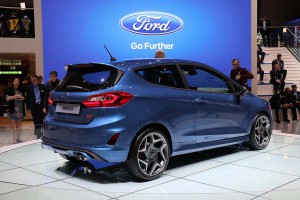
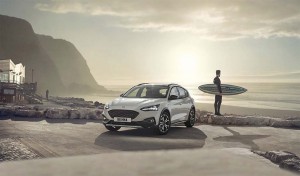
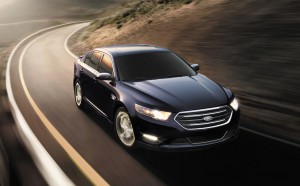
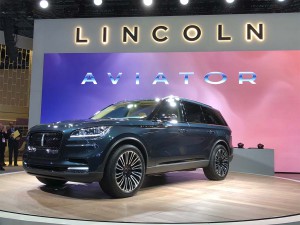
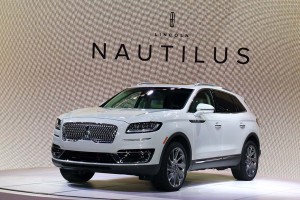
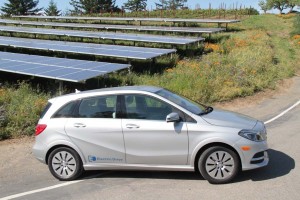
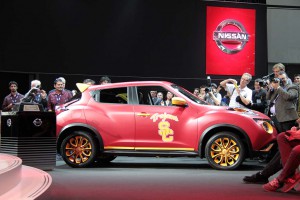
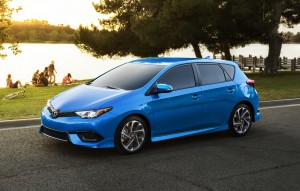
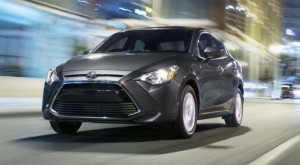

Please Toyota, fix the ugly Yaris nose while you’re at it. And a power boost and rear disc brakes wouldn’t hurt.
Greetings, Folks — We own a 2014 Ford C-Max Hybrid [not the plug-in model]. Your article isn’t clear on whether both C-Max models are disappearing, or just the plug-in. Can you clarify? Thanks.
FYI — Using regular gas and driving 1,200 miles per month on combined metro Detroit freeway and surface streets, the Honest-to-God MPGs are 38-42 on a consistent basis.
To our knowledge, both go. They were assembled at the Wayne, MI plant that will be building the new Ranger and Bronco trucks. We’ll confirm with Ford PR and advise if one of the C-Max models survives in the U.S., but we do NOT believe so. It wouldn’t make sense to import one version from Europe going forward.
Paul E.
Thanks for the update on the C-Max, greatly appreciated.